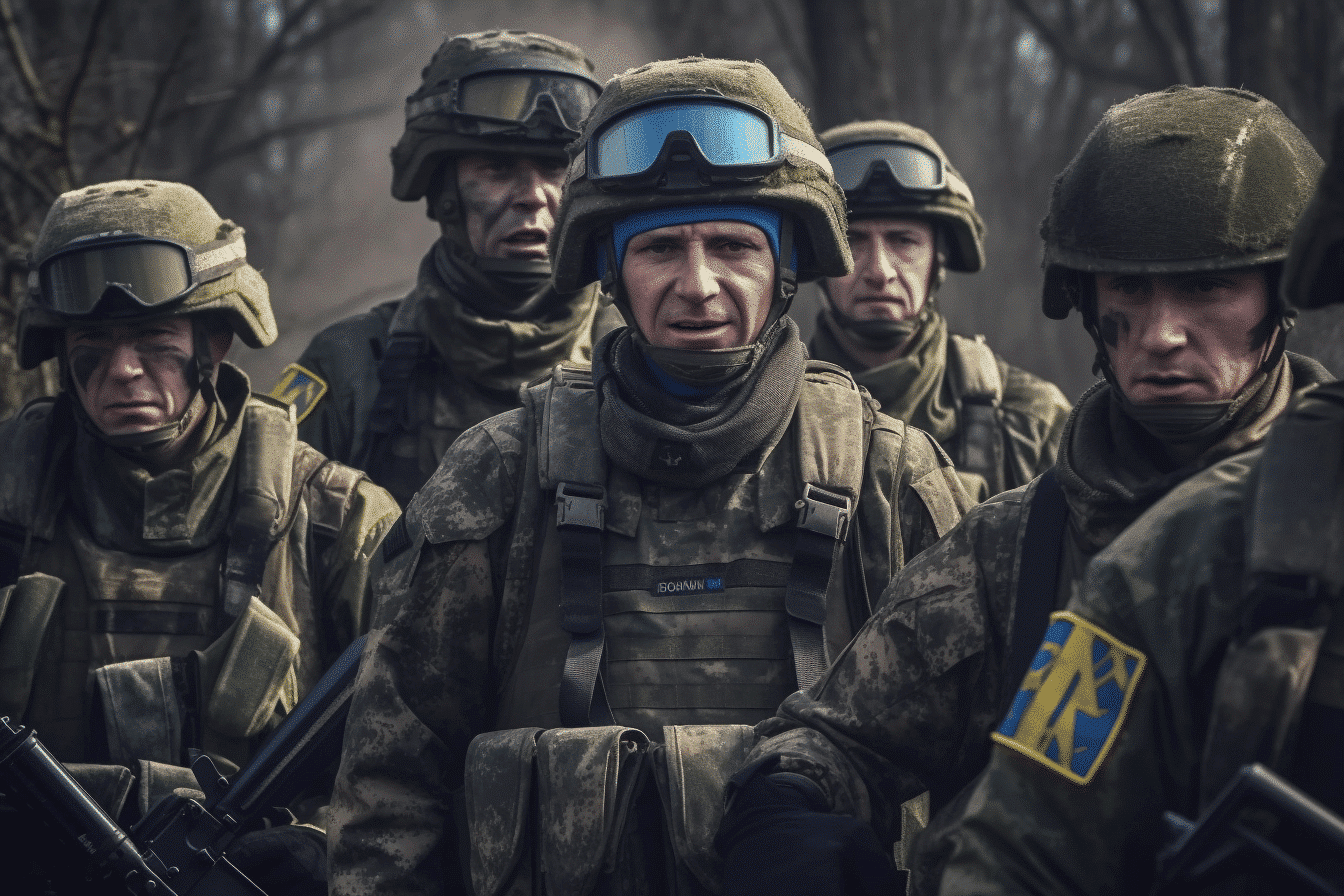The US’s senior military officer has announced that training for Ukrainian forces on US Abrams tanks has begun; however, these crucial weapons for driving Russia out of occupied territory won’t be ready for Ukraine’s imminent counteroffensive.
The initiation of tank training coincides with the US and its allies starting to forge agreements to instruct Ukrainians on F-16 fighter jets, another advanced system long sought after. These planes are expected to play a significant role in a security plan to prevent future attacks, stated US Army General Mark Milley late upon arriving in France.
Milley, the chairman of the US Joint Chiefs of Staff, emphasized that there is broad recognition of the need for Ukraine to modernize its Air Force, but it will be a long-term endeavour.
The aim is to empower Ukraine with capabilities for the mid-to-long-term, expressed Nicolas Vaujour, the chief operations of France’s Joint Staff and Vice Admiral, while addressing reporters travelling with Milley.
Detailed planning concerning the size of F-16 training classes, flying tactics, and training locations is being discussed among the US and allies such as the Netherlands and Britain, who have committed to providing American-made F-16s. The US has not confirmed if it will provide jets directly, but President Joe Biden has affirmed the US’s support for F-16 training as part of the coalition.
The Abrams tank training is progressing while these plans are being hammered out.
Over the past weekend, around 200 Ukrainian soldiers started a 12-week training course in Germany, acquiring skills to maneuver, fire, and conduct combined arms operations using this advanced armoured system. Another 200 troops are receiving training on tank fueling and maintenance of fuel trucks.
The training schedule from the US is designed to prepare the troops on the systems before the expected arrival of 31 Abrams tanks promised by the Biden administration to Ukraine by this fall. These tanks will form part of an approximate 300-tank force pledged by Western allies, including Challenger tanks from the United Kingdom, Leopard 2 tanks from Spain and Germany, and light tanks from France.
Given the substantial maintenance and fueling challenges, the US and its allies initially hesitated to provide such tanks. An Abrams tank can consume at least 2 gallons per mile (4.7 litres per kilometre), whether moving or idle. This necessitates a continuous supply convoy of fuel trucks to keep the tanks moving.
The US’s decision to send Abrams systems was essential in the allies’ negotiations on supplying tanks to Ukraine, so no Western nation would be solely responsible and risk direct retaliation from Russia. In January, the Biden administration reversed its earlier stance and agreed to supply the tanks to Ukraine.
Milley is in France to commemorate the 79th anniversary of D-Day, which marked the start of the Allies’ World War II counteroffensive to push back Nazi forces in Europe. This war witnessed some of the largest armoured battles in recent history, including a significant Soviet counteroffensive against the Nazis in 1943 along the Dnieper River, the same border where massive Ukrainian and Russian forces are currently stationed.
Drawing attention to the historical significance of tanks in Ukraine, Milley stated, “You can look back to World War II, and some of the biggest armoured battles ever fought in history were fought, basically, in parts of Ukraine.” He added, “So tanks are significant, both to the defence and the offence, and upgraded modern tanks, the training that goes with it, the ability to use them, will be fundamental to Ukrainian success.”
As the world watches the situation in Ukraine closely, the military assistance from the US and its allies signifies a robust commitment to the country’s defence. Despite the immediate readiness of these advanced systems remaining a challenge, their eventual deployment will no doubt play a critical role in Ukraine’s long-term defence strategy. This integration of high-tech weaponry, coupled with comprehensive training, is aimed at strengthening Ukraine’s capacity to defend its territories, deter future attacks, and assert its sovereignty against formidable adversaries.




